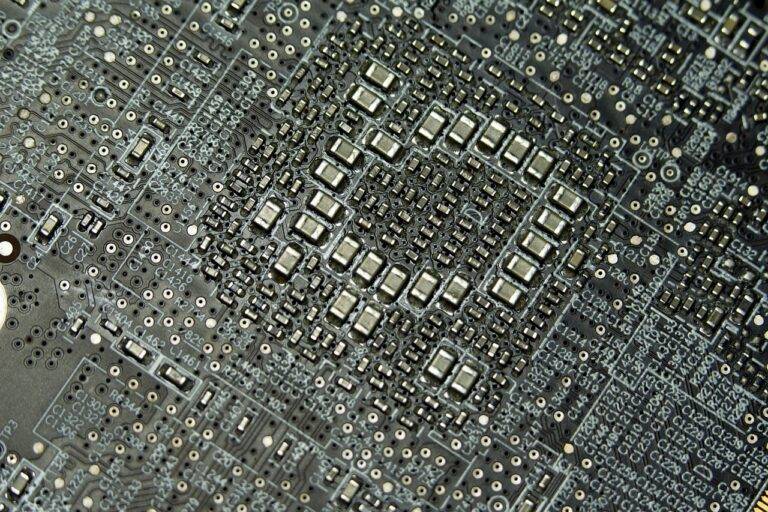The Future of Biometric Identification in Disaster Relief
During disasters, one of the primary challenges faced in identification processes is the lack of centralized databases. Without a centralized system to store personal information, it becomes difficult to quickly and accurately identify individuals who may be injured or missing during a crisis. This fragmented approach not only slows down the identification process but also hinders communication between different response teams.
Another hurdle in current identification processes during disasters is the reliance on physical documents for identification. In emergency situations where individuals may not have access to official identification papers, verifying their identities becomes a cumbersome task. This reliance on paper documentation also poses a risk of loss or damage during the chaos of a disaster, further complicating the identification process for both responders and survivors.
Advantages of Biometric Identification in Disaster Relief Efforts
Biometric identification offers a reliable and efficient method for identifying individuals during disaster relief efforts. By utilizing unique physical characteristics such as fingerprints or facial features, biometric technology can ensure accurate identification even in chaotic or challenging environments. This can help streamline the process of reuniting families, accessing medical records, and distributing aid to those in need, ultimately improving the overall efficiency and effectiveness of disaster response operations.
Additionally, biometric identification provides a secure and tamper-proof way of verifying a person’s identity, reducing the risk of fraud or identity theft in the aftermath of a disaster. This can help ensure that resources and aid are distributed equitably to those who truly need it, preventing duplication of benefits and promoting transparency in relief efforts. The use of biometric technology not only enhances the speed and accuracy of identification processes but also helps safeguard the integrity of relief operations, ultimately leading to better outcomes for both responders and survivors alike.
Potential Applications of Biometric Technology in Disaster Response
Biometric technology has the potential to significantly enhance disaster response efforts by providing more accurate and efficient means of identifying individuals in chaotic and high-stress situations. One key application of biometrics in disaster response is the use of fingerprint scanning to quickly and accurately verify the identities of individuals in need of assistance. This can help relief organizations streamline the distribution of resources and ensure that aid reaches those who need it most urgently.
Facial recognition technology is another valuable application of biometrics in disaster response. By capturing and analyzing facial features, first responders can swiftly identify missing persons or individuals who may be unable to communicate their identity due to injuries or trauma. This can expedite reunification efforts and help restore a sense of normalcy for families who have been separated during the chaos of a disaster.





